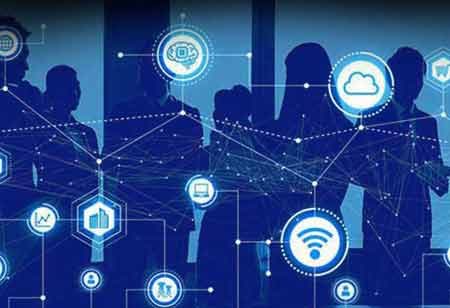THANK YOU FOR SUBSCRIBING
Technologies that are Shaping Healthcare Arena
When it comes to healthcare, big data uncovers health patterns and suggests solutions that were previously unattainable.

By
Apac CIOOutlook | Wednesday, December 01, 2021
Stay ahead of the industry with exclusive feature stories on the top companies, expert insights and the latest news delivered straight to your inbox. Subscribe today.
Fremont, CA: The rapid growth of the healthcare landscape and cheaper wireless connections have given hope that cost-effective healthcare solutions will increasingly emerge in the coming years. And while it's hard to find positives in the pandemic, COVID-19 has indeed accelerated some innovations and processes in healthcare technology.
Let's look at three new trends that could improve patient care, lower costs, and improve access to health care.
Remote Patient Monitoring
Remote patient monitoring (RPM) represents the future of medical practice based on a wide range of remote devices, such as implantable devices, blood pressure cuffs, and sensors that collect data using passive means. RPM is primarily used between discharged patients and routine check-ups currently. RPM technology can not only transmit data entered by the user but also store and draw attention. Physicians can then access the data, view it, and take appropriate action. Patients also growingly use RPM to generate their data, including their health records, biometrics, symptoms, and lifestyle information. Meanwhile, the continued expansion of RPM has been increasing the amount and type of patient-generated medical data available.
Big Data
The term big data was coined in the 1990s to refer to data sets that are too cumbersome to analyze with traditional software. More recently, this definition has been expanded to include high volume, high speed, high variability, high quality, reliability, and value data. Using this data requires special skills and analytical methods. When it comes to healthcare, big data uncovers health patterns and suggests previously unattainable solutions. It provides quick answers to complex questions.
Internet of Things
As big data, the term Internet of Things (IoT) is another buzzword in technology widely used in the media. IoT is a system of connected digital devices that collects, stores, and transmits data over a digital network without the assistance of humans or computers. Examples of the IoT include RPMs, devices, connected inhalers, and contact lenses. Overall, IoT healthcare can make healthcare systems more efficient, improve public health outcomes, and make healthcare delivery safer and more efficient.





